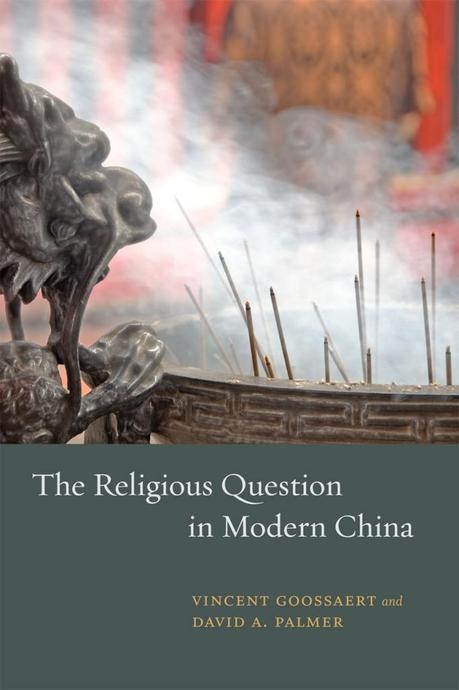It has been a few years since I proposed “The China Rule” which would require that any general theory or universal claim about religion be subjected to testing using data from China. In that post, which has proved to be one of the most popular and enduring on the blog, I observed:
The Chinese didn’t until recently have a word for “religion” (they created one for purposes of translating Western ideas into Chinese) and most Chinese don’t conceive of “religion” as being a separate conceptual or historical category. It has long been part and inseparable parcel of everyday Chinese life, without the Western trappings of institutions, doctrines, hierarchies, or formalities. While I sometimes hear that modern Chinese aren’t “religious,” this view derives largely from Western constructions and understandings of “religion.” Metaphysical ideas and supernatural agencies are alive and well in China.
Indeed they are, but one of the practical difficulties facing those who would use the China Rule is that data are few and far between. While the Chinese government probably has good data, it won’t be sharing this potentially subversive information with us anytime soon. What would this data look like? While some of it may conform to western constructions of “religion,” I am guessing that it much of it does not.
While obtaining data is difficult, three new books on Chinese “religion” suggest it’s not impossible. As Ross Perlin explains at the outset of his review of these books, the scare-quotes are appropriate in Chinese contexts:
“Religion” in the Western sense is arguably still something of a foreign concept in the People’s Republic of China. The reasons are both ancient and modern. The template of monotheistic, “organized” religion is of little use for understanding any and all of these — the deep Chinese substrate of mythology and folk practice, the little-systematized accretions of Daoist tradition and teaching, the ethical and philosophical system of Confucianism — let alone a complex amalgam of them all, inlaid with a Buddhism only fully naturalized after centuries of conflict. The “three teachings in harmony,” which came to characterize the basic religious situation of imperial China, present a remarkably different picture from those three teachings of western Eurasia — Judaism, Christianity, and Islam — which have also grown up together, but through constant opposition.
The remainder of Perlin’s piece provides some tantalizing insights but in the end we are left wanting more. It’s frustratingly hard to apply the China Rule without data. Whatever data exists is surely being deployed in the service of the state, as Perlin duly notes:
Moreover, at least in part to counter the Christian threat, the Chinese government has started actively restoring Daoist and Buddhist temples, promoting the “three traditions” as authentically and integrally Chinese forms of religious expression — indeed, even as a spiritual basis for national renewal. Unimpeachably Chinese and safely moralistic, the remote, semilegendary figure of Confucius has become central to the Party’s effort to construct a usable past.
However intertwined they’ve sometimes grown, “Caesar and Christ” represents an ancient division in Western thought, reinscribed even in the Enlightenment separation of church and state. The lines are much less clear in China: these studies remind us that there’s no partitioning Chinese religious movements from Chinese nationalism, that no creed or tendency can take root in Chinese soil until it reckons with the Middle Kingdom in all its civilizational complexity, including a certain degree of submission to the state. Theoretically, the imperial state lorded it over a relatively open and roomy pantheon — where the emperor was high priest and former bureaucrats might be worshipped as gods — but in practice the Chinese religious landscape has long been complex and decentralized, including flourishing cults.
These observations dovetail nicely with the second half of my post on the China Rule, in which I noted that Confucian cults and ritual practices have long been a staple of Chinese life. These rituals, often sacrificial, pragmatically tend toward instrumentalism and have real world goals. Symbolic analyses of these, no matter how creative or invigorating for western semioticians, don’t get us very far or lead to much understanding.
Chinese “folk” beliefs and practices are centrally concerned with explanation, prediction, and control of the empirical world. This probably explains why evangelical forms of Protestant Christianity appeal to increasing numbers of Chinese and are making the most headway when it comes to foreign cults. These are the forms of Christianity that take seriously the idea that “religion” explains, predicts, and controls things, people, and events in the space-time world.


